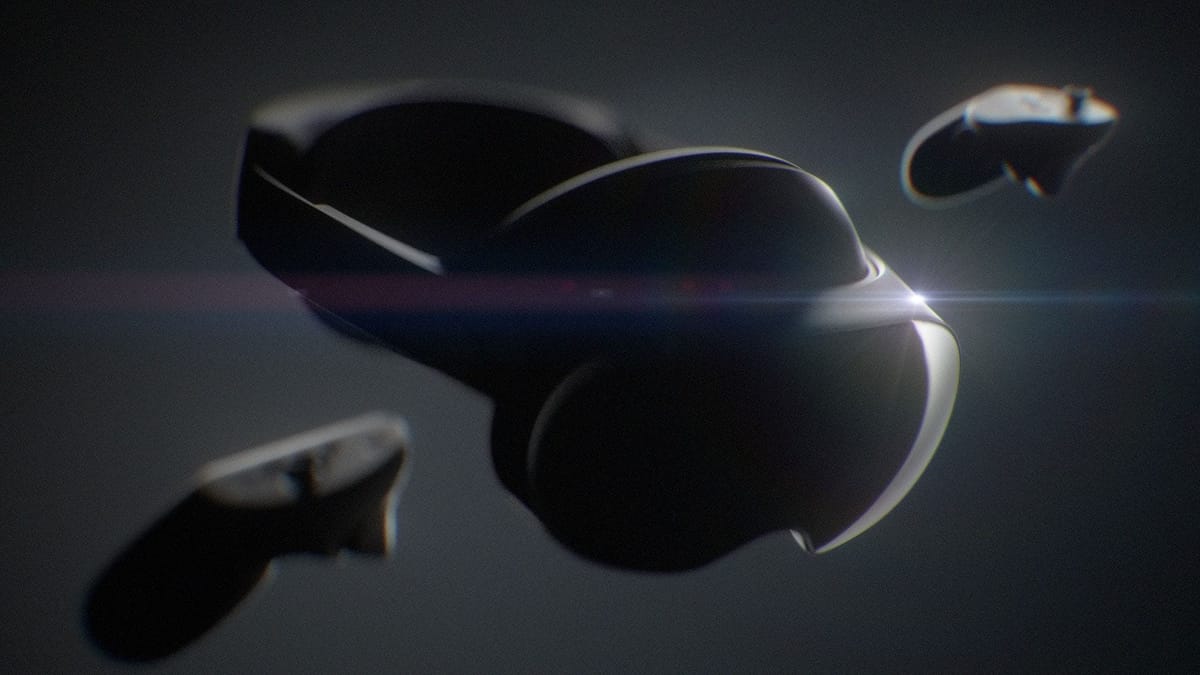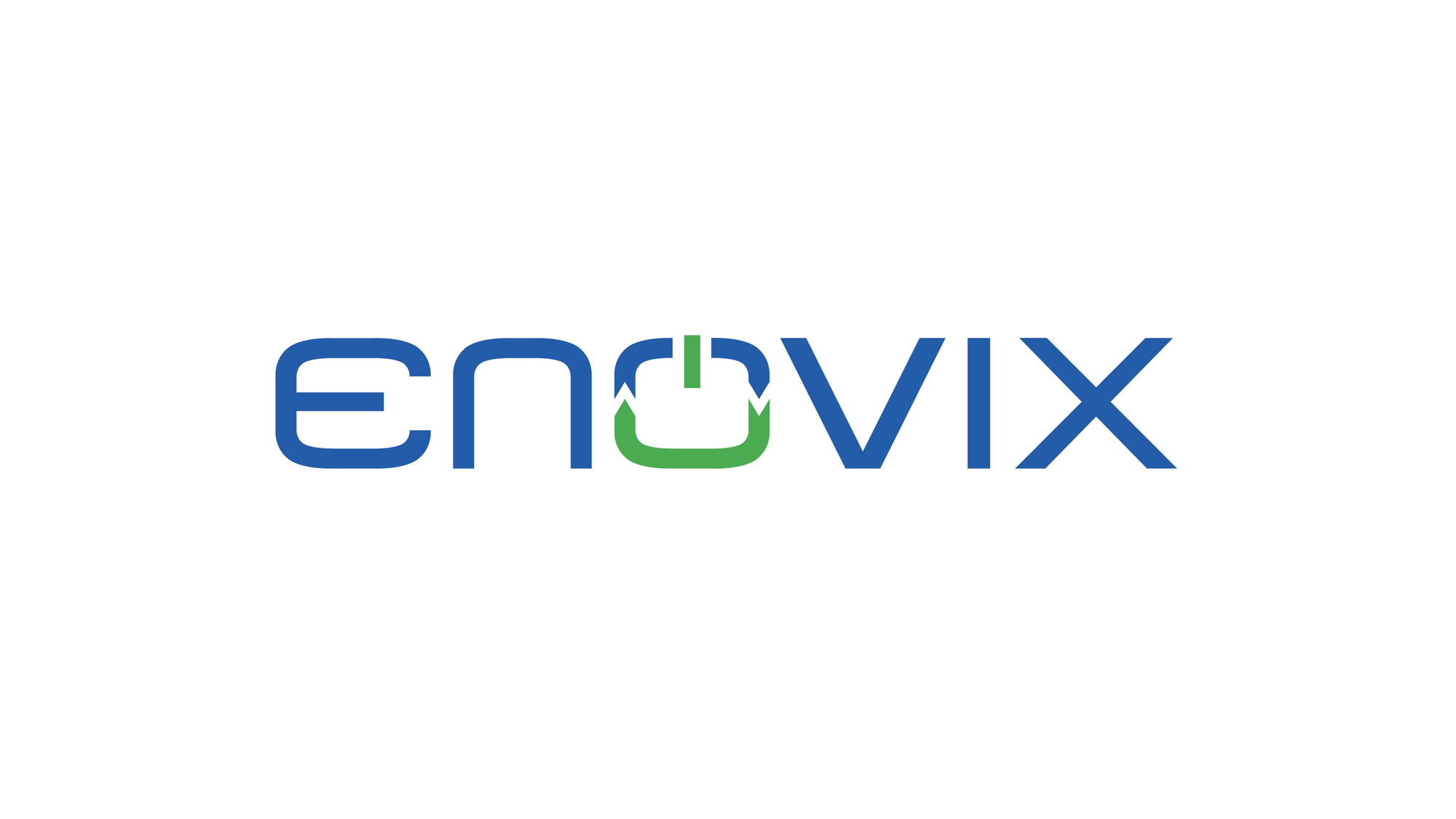Enovix says it signed an agreement with “a clear leader in the mixed reality market” to provide a new battery with higher energy density for a future headset.
The company’s long-in-development battery uses a 100% silicon anode instead of graphite, which should enable higher energy density than the batteries in current headsets. A headset maker could use this to deliver a lighter headset, longer battery life, or a balance of both, and the silicon anode should improve charging speed too.
Enovix doesn’t say exactly what headset maker it’s supplying the battery to, but does say the customer is based in California and is “a clear leader in the mixed reality market”. Based on that description, it could realistically only be Meta or Apple.
A strong indicator that the customer is Meta is that last year a South Korean news outlet reported that Apple has been working on a similar battery, with a silicon instead of graphite anode, internally since 2018 and plans to ship in 2025, suggesting Apple wouldn’t need Enovix’s technology.
Another possible indicator is that Enovix’s SVP of Product, Samira Naraghi, previously worked on XR partnerships at Meta in 2022.

Last month The Information reported that Meta began work on Quest Pro 2 in November, and a leaked Meta roadmap from early 2023 described it as having the same rear-battery architecture as the original Quest Pro.
The original Quest Pro had a battery life of only around one hour when its face tracking, eye tracking, and color passthrough features were all actively being used (without them, battery life was slightly better than Quest 2). Could Meta leverage Enovix’s new battery in a successor to run all these features, and more, for much longer sessions?






